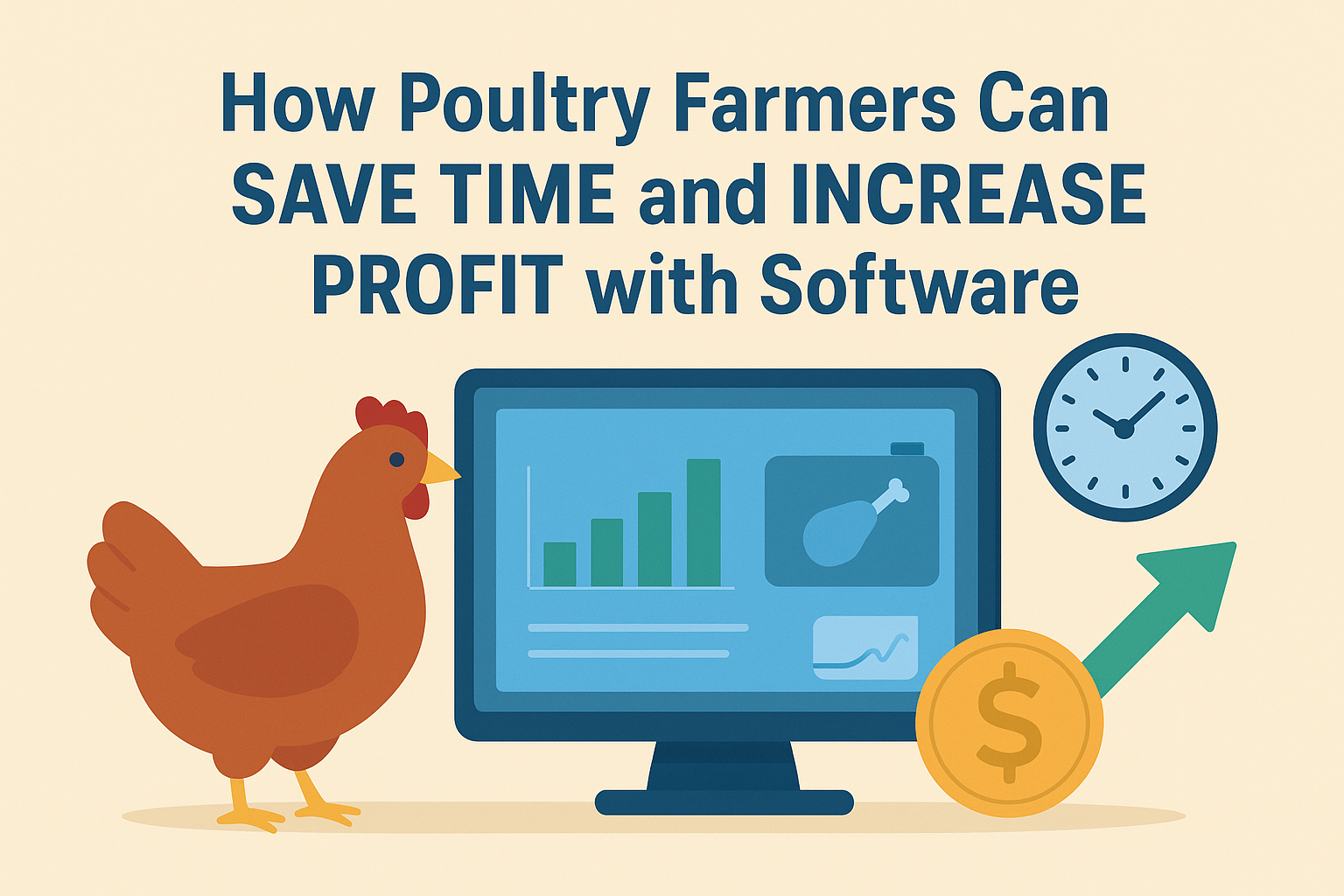Backyard chicken farming is popular among rural and landless Indian families as a source of income. It requires little investment and has large economic returns, and it is simple to administer for women, children, and the elderly. Meat and eggs from such birds are a cheap and nutritious source of protein and energy for low-income households. Backyard chicken farming is distinguished by an indigenous night shelter system, scavenging, natural chick hatching, poor bird output, little supplemental feed, local selling, and minimum health care methods.
In India, the organised or commercial poultry industry accounts for 70 to 75 percent of total meat and egg output, while the unorganised sector accounts for 25 percent. According to the Government of India's 20th Livestock Census reports, the overall poultry population is 851.81 million (including 317.07 million backyard fowl), a 45.8 percent increase over prior livestock censuses.
Backyard Poultry Benefit
- Small and marginal farms can earn money from this.
- Improves soil fertility (15 hens generate 1-1.2 kg of manure every day)
- With a small investment, you can get eggs and meat.
- Aids in the control of ectoparasites in domestic animals.
- When compared to commercial poultry meat, eggs and meat have lower amounts of cholesterol and saturated fats and higher levels of vitamin A.
- Families' source of nourishment
Profitability of commercial poultry
- Housing for backyard chickens may be created using locally available materials, making it quite affordable.
- Backyard birds scavenge or survive on leftover grains, necessitating no supplements and therefore being affordable.
- With the exception of New Castle Disease vaccine, backyard poultry require minimal veterinary assistance.
- Control of viruses, bacteria, and parasites is required in commercial poultry.
- Commercial poultry need clean water, whereas backyard chicken may survive on local sources.
Some Constraints in Backyard Poultry
- Growth is slow.
- Body weight is low.
- Sexual maturation comes late.
- Egg output is low.
- Prolonged melancholy
Improved poultry for the backyard
Given some of the limitations of native backyard poultry breeds, research agencies and private institutions have produced better types of birds for meat, eggs, or dual use. Improved breeds lay more eggs, grow more body weight, have more beautiful plumage, have reduced input costs, are disease resistant, have a higher survival rate, and lay huge brown eggs similar to desi eggs. Desi chickens, on the other hand, can be utilised to brood eggs of improved bird breeds. Under free range circumstances, the enhanced layer types have the capacity to produce 140-170 eggs in a laying year and 160-200 eggs under structured farm conditions. Males weigh 2.5-3.5 kg on average, while girls weigh 1.5-2.0 kg. It is mentioned a few better egg purpose types created in India.
Management of enhanced backyard poultry varieties
If adequate natural feed resources are available, backyard poultry can be kept in small numbers (10-20) under free range circumstances. However, if there is a high demand for meat in the area, birds can be grown in higher numbers in intensive/semi-intensive circumstances using inputs comparable to those used for commercial broilers. As a result, they must be grown under proper brooding/nursery supervision for six weeks before being released into a free range or scavenging system.
Management of brooding
- Chick brooding care ensures that chicks maintain a steady body temperature and are safe from predators.
- The brooder house floor should have a uniform 1-2 inch distribution of clean litre such as sawdust, paddy husk, rice husk, coconut husk, and so on.
- Litter absorbs moisture from chicken droppings, keeping you warm in the winter and cool in the summer.
- To avoid caking, rake the litre often and treat it with slaked lime.
- Remove the damp litre and replace it with new litter.
- Spread newspapers over the litter to keep chicks from eating it until they are accustomed to distinguishing litter from feed.
- Grow the chicks on the usual chick starting ration.
Adult bird management
- Allow the birds to forage/scavenge during the day and give them with refuge at night.
- Before letting them out, provide them with clean drinking water.
- Depending on the location and natural food available, the optimum flock size is 12-15 birds per home.
- Extra roosters can be grown separately and marketed for meat.
- Night shelters should be adequately ventilated, have appropriate light, and protection from predators.
Feed management
- During the first six weeks of nursery raising or brooding, chicks should be fed a normal chick starter feed.
- During the second growth stage, in addition to the free-range feed material, supply natural food or greens such as waste grains, germinated seeds, and subabul leaves (high protein sources).
- Extra feed will be dependent on the amount of free range available, the density of vegetation, the availability of waste grains, insects, and so on.
- Under free range conditions, the birds achieve their protein needs through scavenging, but energy deficit is prevalent.
- It is critical to feed locally accessible grains such as maize, sorghum, pearl millet, broken rice mixed with equal portions polished rice or rice bran.
- The nutritional intake of scavenging birds, on the other hand, varies depending on location and season, crops cultivated, and wild vegetation available.
- To regulate the weight of the birds, restrict feed at six months of age (the age of sexual maturity in layers).
- During the rainy season and harvest time, there will be plenty of worms, insects, and post-harvest leftovers for the birds to feed on.
- During the dry season of scarcity, feed supplements such as household waste and oilseed cakes have a positive effect on egg production and body weight of scavenging birds.
Backyard Poultry Egg Production
- A handful of grains or kitchen garbage can be provided in the morning and evening to enhance scavenging.
- The scavenging feed base is critical for backyard bird growth.
- The supplemental feed base is made up of soil types and cropping systems dominated by wheat, maize, rice, sugarcane, and finger millet.
- Supplemental calcium supplies such as limestone powder, stone grit, and shell grit at 4-5 grammes per chick daily.
- Especially during the laying season, result in a high percentage of survival and strong egg production.
- Grain or kitchen scraps should be fed within the shelter.
- It will assist educate the birds to enter the enclosure willingly before dusk if it is offered on a regular basis in the evening.
Breeding control
A rooster can provide viable eggs for six to eight hens. Collect viable eggs from the nest on a regular basis and keep them in a cool, well-ventilated location. For increased hatchability under field conditions, place 10-12 eggs under a brooding hen within two weeks after egg collecting. Rural hatcheries can be established utilising a community-based strategy.
Medical care
- Boost immunity in birds by immunising them against Marek's disease, Newcastle disease, fowl pox, and other diseases.
- Deworm birds on a regular basis to protect them from internal parasites caused by their scavenging habit.
- While debeaking is prohibited in rural poultry since the birds need to forage and scavenge.
- It is suggested if the farmer is raising 80-100 or more birds to reduce cannibalism, egg biting, feather pecking, and other problems.
- After the initial deworming, repeat every three weeks for a total of four deworming treatments.
- When medicating by drinking water, follow the veterinarian's recommendations for the amount of medicine to add in the water the chicks regularly take every four hours.
- Only provide more water once all of the medicinal water has been taken.
- At the first sign of external/ecto-parasites, dust and dip the birds or fumigate the house.
- Take care not to dip the head, and prevent dipping on wet days.
- To avoid health risks, strictly observe the directions of veterinarians and manufacturers.
- Avoid raising different types of fowl together (chicken with ducks, turkeys etc.).Separate the young from the adult stock.
- Maintain poultry house hygiene and maintain equipment clean.
- Make certain that any dead birds are appropriately disposed of. Prevent rodents from entering.
- Though bio security is expensive, it pays off in the long run by reducing infection losses and ensuring high-quality manufacturing.
- Culling should be done on a regular basis to keep illnesses at bay.
Backyard Poultry Marketing
While backyard poultry products are in high demand in India, they require the correct market. Community-based alternatives such as Self-Help Groups (SHG), Farmer Producer Organizations (FPOs), and poultry cooperatives can offer the necessary platform for marketing the birds without the participation of intermediaries. Encourage net weight marketing rather than flock selling.





